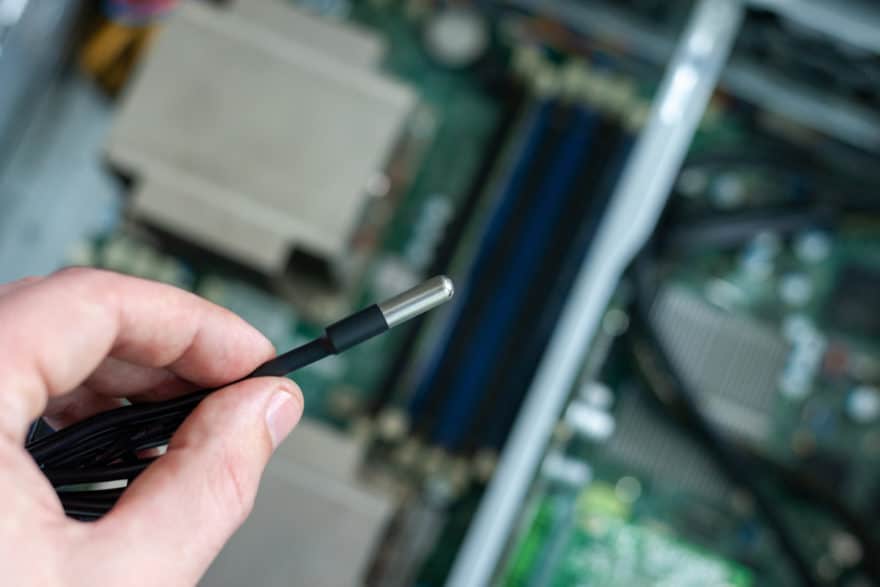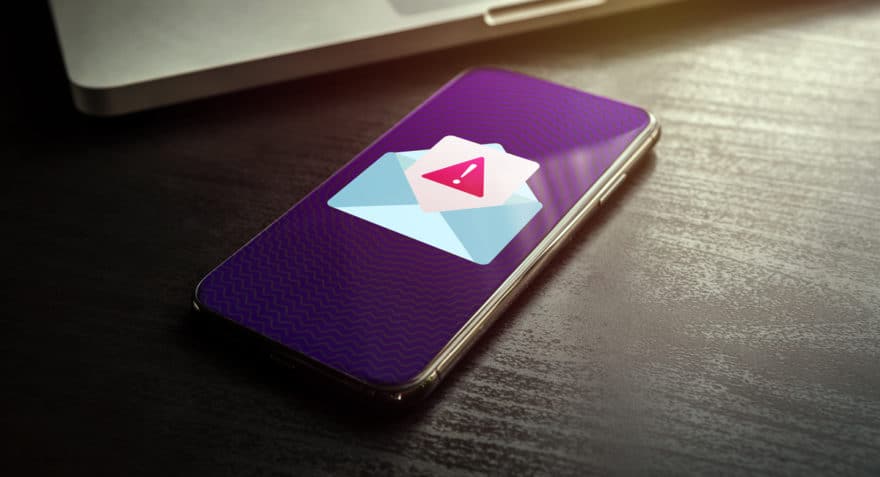Powszechne wykorzystanie technologii doprowadziło do powstania różnego rodzaju innowacyjnych aplikacji w niemal wszystkich dziedzinach. Jednym z tych postępów są czujniki temperatury, które określają stopień gorąca lub chłodu i przekształcają go w czytelną jednostkę, która może być dalej wysyłana do zainteresowanych odbiorców za pomocą SMS, co pomaga w monitorowaniu awarii lub wczesnym alarmowaniu.
Aplikacje medyczne, monitorowanie żywności, pakowanie, obsługa petrochemiczna, monitorowanie samochodów, badania biologiczne, badania geologiczne, systemy HVAC i elektronika użytkowa, czujniki temperatury odgrywają kluczową rolę we wszystkich tych dziedzinach.
Oprócz pomiaru optymalnego poziomu ciepła i wilgotności, wiele czujników temperatury działa jako prewencyjne systemy ostrzegawcze, które określają, czy istnieje zbliżające się ryzyko lub usterka. Wykrywanie przegrzania odgrywa kluczową rolę w tych systemach, chroniąc przed poważnymi katastrofami, takimi jak pożar. Czujniki temperatury, które są obecnie niedrogie i łatwe w użyciu, mogą okazać się bardzo skuteczne we wczesnym alarmowaniu i zapobieganiu.
Istnieje wiele czujników temperatury, ale powszechnie dzieli się je na kontaktowe i bezkontaktowe czujniki temperatury.
Czujniki kontaktowe to takie, które mają bezpośredni kontakt z obiektem, który mają mierzyć i należą do nich termistory termopary, termostaty, termistory, rezystancyjne czujniki temperatury (RTD). Czujniki oparte na półprzewodnikach również należą do tej kategorii.
Bezkontaktowe czujniki temperatury mierzą promieniowanie cieplne. Są one często stosowane w niebezpiecznych środowiskach, takich jak elektrownie jądrowe czy elektrociepłownie. Kilka przykładów: Pirometry optyczne, termometry radiacyjne, termowizory i czujniki światłowodowe.
Czujniki te, w połączeniu z zewnętrznymi systemami ostrzegającymi o przekroczeniu progów, mogą wysyłać do podłączonych urządzeń alarmy, np. w postaci SMS-ów, o poziomie temperatury. Wszelkie niepożądane działania mogą być więc łatwo wychwycone za pośrednictwem tych wiadomości.

Alerty automatyczne:
Dzięki tym komunikatom można wykryć nietypowo wysokie i niskie temperatury. Dzięki temu można śledzić prawidłowe funkcjonowanie urządzeń. Każda niewielka zmiana temperatury uruchamia powiadomienie o jej wzroście lub spadku. Można podjąć odpowiednie działania obniżając lub podnosząc temperaturę poprzez zdalne sterowanie lub informując odpowiednie urzędy.

Regularny monitoring:
Regularny monitoring może pomóc w wykryciu nieprawidłowości i łatwym odwzorowaniu wzorców użytkowania. Dzięki regularnym aktualizacjom nie ma potrzeby ręcznego sprawdzania temperatury w obiekcie, jednostce lub urządzeniu.
Wniosek
Czujniki temperatury pomagają zwiększyć wydajność i bezpieczeństwo poprzez monitorowanie i śledzenie poziomów temperatury w wielu branżach. W połączeniu z szybkimi alarmami i powiadomieniami, czujniki są ratunkiem w niebezpiecznych środowiskach. Pomagają również w skutecznym utrzymaniu urządzeń i obiektów.
Urządzenia SMSEagle serii NXS mogą być łatwo wyposażone w zewnętrzne
czujniki temperatury
Pozwala to na wykorzystanie ich zalet w szybkim powiadamianiu o problemach poprzez SMS. Aplikacja SMSEagle pozwala na ustawienie automatycznych alarmów dla czujników oraz zapewnia regularne monitorowanie temperatury otoczenia poprzez historyczny wykres temperatury.





